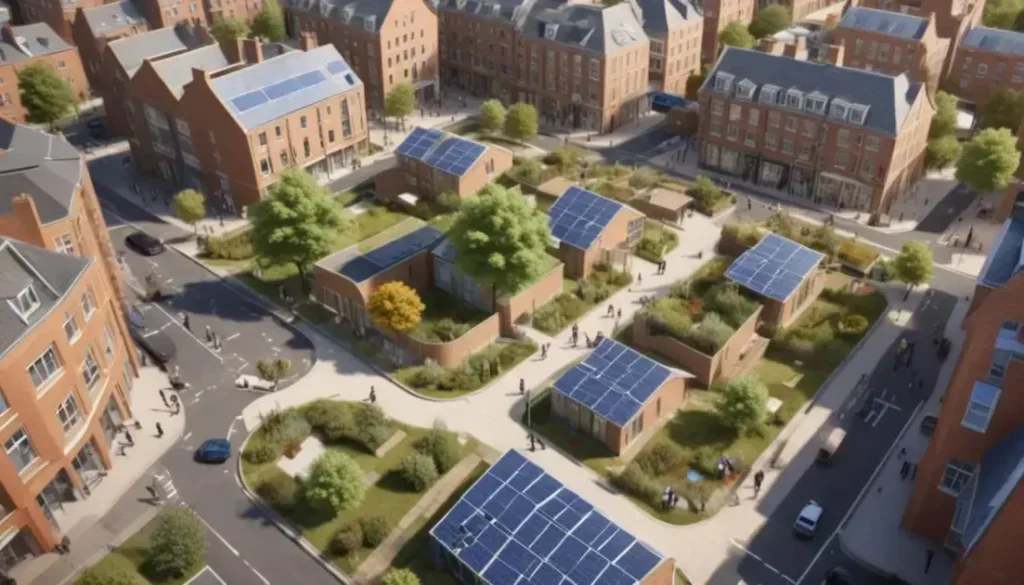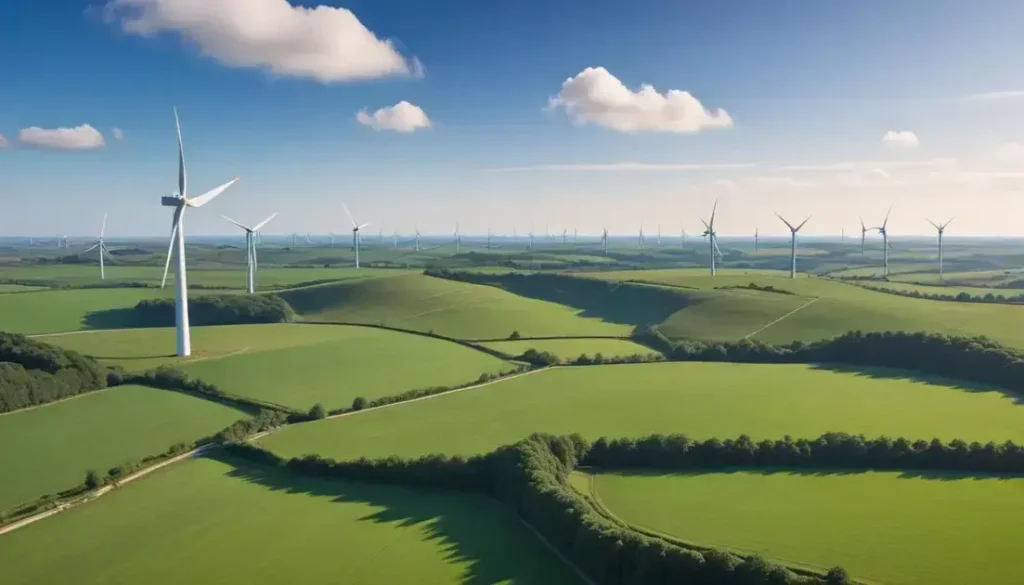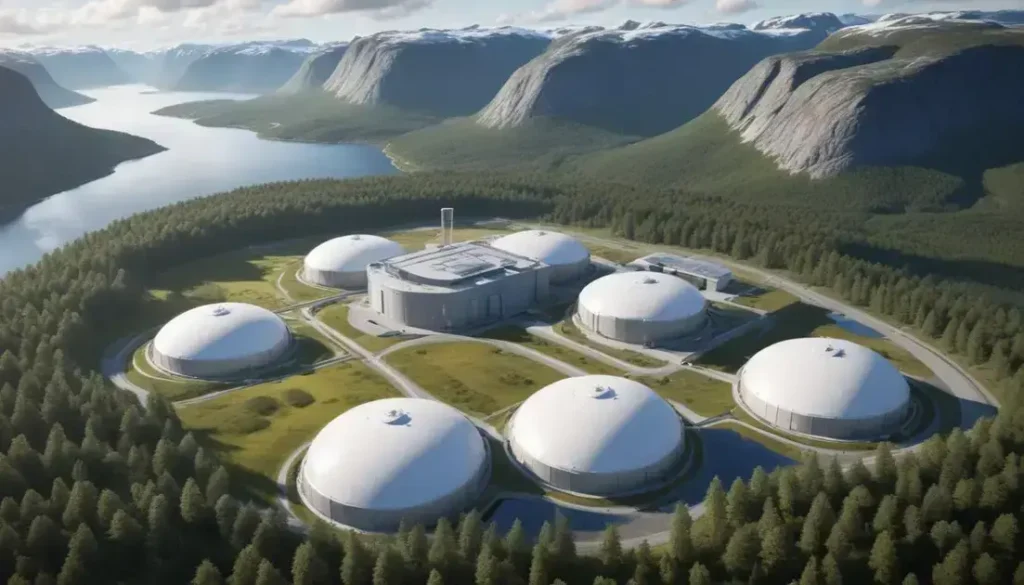Onshore wind energy is crucial for the UK’s sustainable future, offering significant community benefits such as job creation, local investment, and improved air quality while addressing environmental challenges through reduced reliance on fossil fuels.
The newly launched onshore wind strategy signifies a transformative moment for the UK’s clean energy landscape. By focusing on expanding capacity and creating job opportunities, this initiative is set to energise local economies and enhance energy security.
Strategic Actions for Onshore Wind Growth
Expanding onshore wind energy is essential for the UK’s transition to a more sustainable energy future. The government has outlined strategic actions aimed at accelerating the deployment of onshore wind projects across various regions. By simplifying planning processes, these initiatives will enable developers to bring new wind farms online more quickly.
Community engagement plays a pivotal role in the success of these projects. Through consultations and information sessions, local residents can voice their opinions and concerns, ensuring that developments meet community needs. This collaborative approach not only bolsters community support but also enhances the project’s social licence to operate.
Investment incentives are another critical element. Financial support and subsidies for onshore wind development encourage businesses to invest in renewable energy. By making it financially viable, these incentives contribute to increasing the number of operational wind farms and, consequently, energy generation capacity.
Lastly, establishing partnerships between government bodies and private sector players ensures a holistic approach. Collaborative efforts can streamline operations, share expertise, and ultimately lead to successful project delivery. This comprehensive strategy reinforces the UK’s commitment to green energy and positions it as a leader in the global shift towards sustainable practices.
Community Benefits from the New Strategy
The integration of onshore wind projects fosters numerous community benefits that extend beyond clean energy generation. Firstly, these projects create local jobs during both the construction and operational phases. This employment boost contributes significantly to community economies, providing opportunities for local residents and enhancing overall economic stability.
Furthermore, many onshore wind initiatives include provisions for community funding. This funding often supports local projects such as schools, sports facilities, or environmental initiatives. By reinvesting in the community, wind energy developers establish a strong rapport with residents, thus facilitating smoother project implementation.
Engagement is also vital. Developers frequently host community meetings to discuss project impacts and gather local feedback. This dialogue ensures that the concerns and interests of residents are heard and addressed, fostering a sense of ownership in the energy transition. Such community involvement not only increases acceptance but also empowers citizens to take an active role in local decision-making.
Additionally, the environmental benefits of onshore wind contribute to improving local air quality. As fossil fuel dependence decreases, communities experience reduced emissions, leading to a healthier living environment. Overall, the new onshore wind strategy promises significant community advantages, shaping a sustainable future for both the energy sector and local populations.
Industry Coordination and Labour Challenges
As the onshore wind sector expands, industry coordination becomes increasingly vital. Collaboration between various stakeholders, including government bodies, developers, and local communities, is essential for successful project execution. Clear communication pathways ensure that everyone is aligned on goals, timelines, and requirements, thus minimising delays and misunderstandings.
One significant challenge is the labour market. There is a growing demand for skilled workers to support the rapid development of wind projects. However, many regions face a shortage of qualified labour, which can hinder progress. Training programmes aimed at equipping local workers with necessary skills are crucial for addressing this gap. Partnerships with educational institutions can facilitate workforce development.
Moreover, attracting young talent to the renewable energy sector is essential for long-term sustainability. Promotion of industry benefits, including job security and the chance to contribute to a greener future, can help pique interest among new entrants. Engaging with students through outreach initiatives can inspire the next generation of technicians and engineers.
Additionally, fostering a robust supply chain is critical. Collaboration with local suppliers can enhance project efficiency and ensure that materials are sourced sustainably. This approach not only strengthens local economies but also aligns with the overall objectives of the onshore wind strategy, making it a win-win scenario for all involved.
In Conclusion: Embracing Onshore Wind Energy
The ongoing development of onshore wind energy presents significant opportunities for communities, businesses, and the environment. By investing in renewable energy, we can create jobs, support local economies, and pave the way for a more sustainable future.
As we move forward, effective industry coordination and workforce training will be essential to overcome challenges. Engaging local communities and stakeholders ensures that projects meet the needs of all involved while promoting acceptance and support.
Overall, the journey towards expanding onshore wind energy will not only contribute to a greener planet but also inspire innovation and growth in the energy sector. Together, we can harness the power of wind for a brighter tomorrow.
Frequently Asked Questions
What are the main benefits of onshore wind energy for communities?
Onshore wind energy brings job creation, local investment, and sustainable development, enriching the community while promoting a clean energy future.
How does the government support the development of onshore wind projects?
The government supports onshore wind projects through funding, streamlined planning processes, and community engagement initiatives that ensure local support.
What are the key challenges faced by the onshore wind industry?
Challenges include a shortage of skilled labour, the need for effective coordination among stakeholders, and ensuring local community acceptance.
How can local communities get involved in onshore wind projects?
Communities can get involved by participating in public consultations, voicing their opinions, and engaging in local job training initiatives related to wind energy.
What steps are being taken to address the skills gap in the renewable energy sector?
Training programs and partnerships with educational institutions are being established to equip local workers with the skills needed for jobs in the onshore wind industry.
What is the environmental impact of onshore wind energy?
Onshore wind energy reduces reliance on fossil fuels, lowers greenhouse gas emissions, and contributes to improved local air quality, promoting a healthier environment.


